Flag of Austria
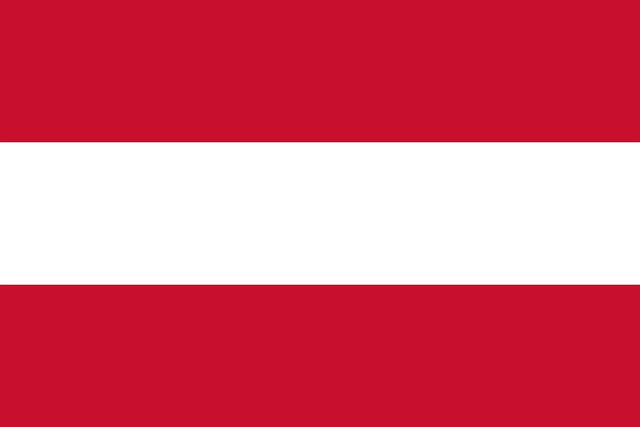
Austrian flag
- Official approval of the flag: 1945 year
- Flag emoji: 🇦🇹
- Period: Modern flags
- Type of flag: Flags of countries • Flags of continental countries
- Belonging to the continent: Europe
- Colors on the flag: white • red
- Emblem on the flag: Without emblem
Austria is located in central Europe, bordering Germany, the Czech Republic, Slovakia, Hungary, Slovenia, Italy and Switzerland. The capital is Vienna. The country covers an area of 83,879 km² and has a population of about 9 million people. The official language is German, but Slovenian, Croatian and Hungarian are also spoken in certain regions. Austria is a federal republic and is known for its culture, especially in the field of classical music and architecture. The main ethnic group is Austrians, with small communities of Germans, Turks, and Serbs.
The flag of Austria, one of the oldest national symbols in the world, consists of three horizontal stripes: red, white and red. Its laconic and recognizable design embodies the country’s long history, struggle for independence and national pride. The Austrian flag is a symbol of unity, peace and patriotism.
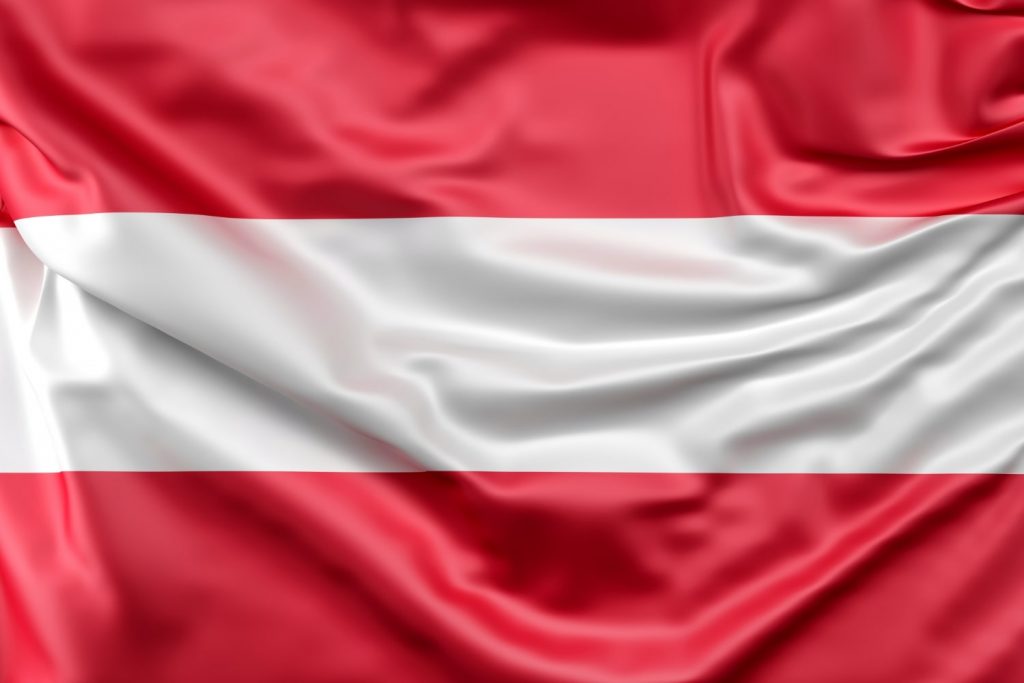
History of the Austrian flag
The Austrian flag has deep historical roots, which are linked to legends and historical events dating back to the 12th century.
The origin of the flag
- The legend of Duke Leopold V: According to legend, during the Crusade of 1191, Duke Leopold’s white cloak was stained with blood, but after removing the belt, a white stripe remained. This event became the inspiration for the flag.
- XIII century: The colors red and white began to be used as symbols of the Babenberg dynasty, which ruled Austria.
Modern times.
- In 1918, after the collapse of the Austro-Hungarian Empire, the red, white and red flag was approved as the official symbol of the newly created Republic of Austria.
- In 1945, after the end of World War II, this flag again became the national symbol of the country.
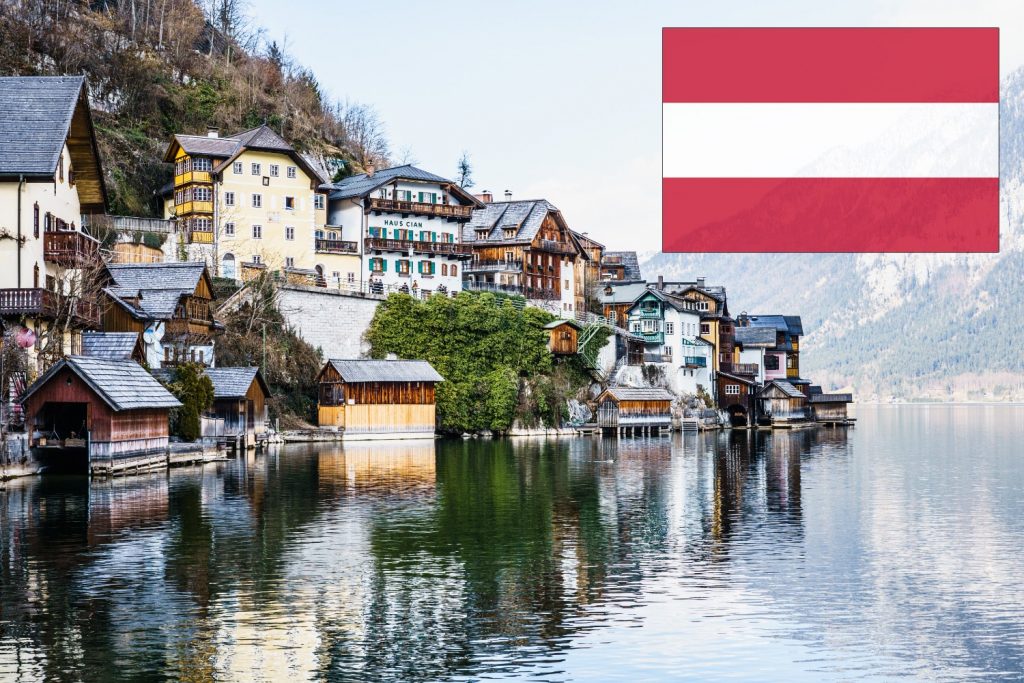
Colors of the flag of Austria
Meaning of the flag
The Austrian flag has a simple but symbolic design, where each color has its own meaning:
- Red:
- Symbolizes courage, strength and blood shed in the fight for freedom.
- It is also the color of the dynasties that ruled Austria.
- White:
- It represents purity, peace and harmony.
- It is associated with national unity and stability.
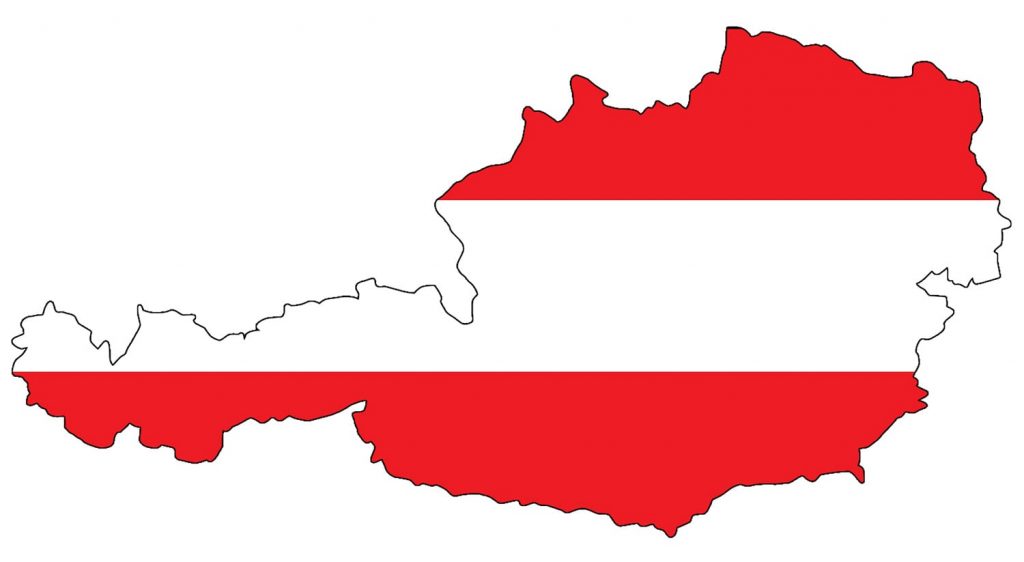
Color codes
The official colors of the Austrian flag are approved to accurately reflect its design:
- Red:
- RGB: (237, 41, 57)
- HEX: #ED2939
- CMYK: (0, 83, 76, 7)
- Pantone: 186 C
- White:
- RGB: (255, 255, 255)
- HEX: #FFFFFF
- CMYK: (0, 0, 0, 0)
- Pantone: White
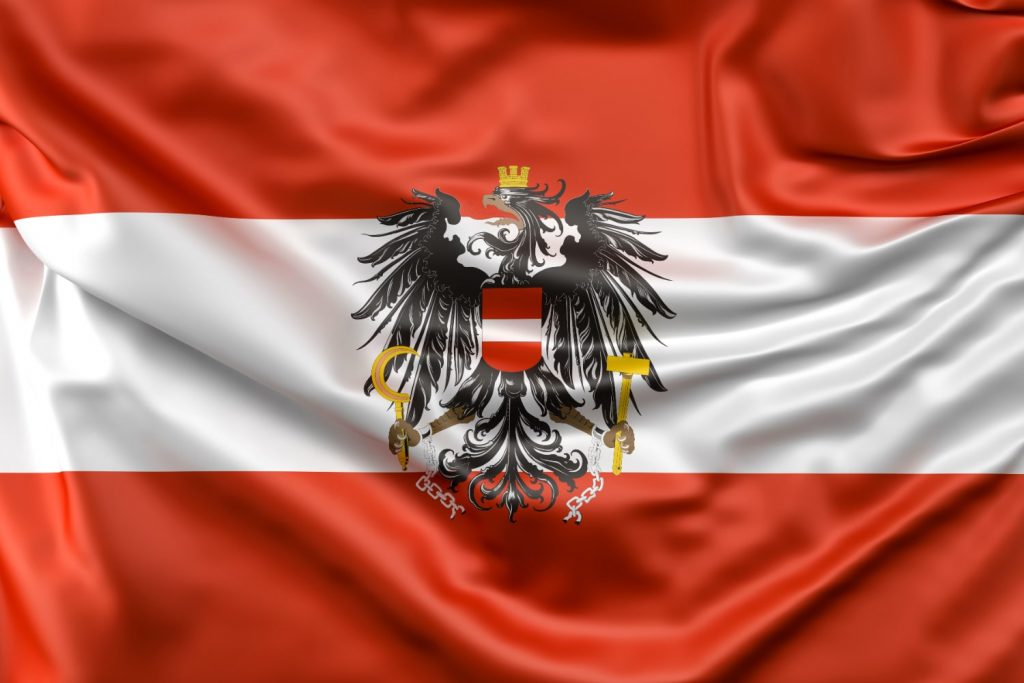
Format and proportions
The Austrian flag has a traditional rectangular format with three horizontal stripes of equal width.
Flag proportions
The standard aspect ratio of the flag is 2:3, which means that the length of the flag is 1.5 times its height.
The arrangement of the stripes
The flag consists of three horizontal stripes:
- The top stripe is red.
- The middle stripe is white.
- The bottom stripe is red.

Interesting facts about the flag of Austria
- One of the oldest flags in the world: The Austrian flag is considered to be one of the oldest national flags that has retained its design over the centuries.
- Two flags: Austria has two official versions of the flag – the civil flag (without the coat of arms) and the national flag (with the coat of arms in the center of a white stripe).
- The legend of Leopold: The legend of Duke Leopold V is one of the most famous stories related to the origin of the flag.
The Austrian flag is not only a national symbol, but also a testament to the country’s rich history and cultural heritage. Its simple but powerful design represents strength, unity and peace, which are the core values of the Austrian people.
